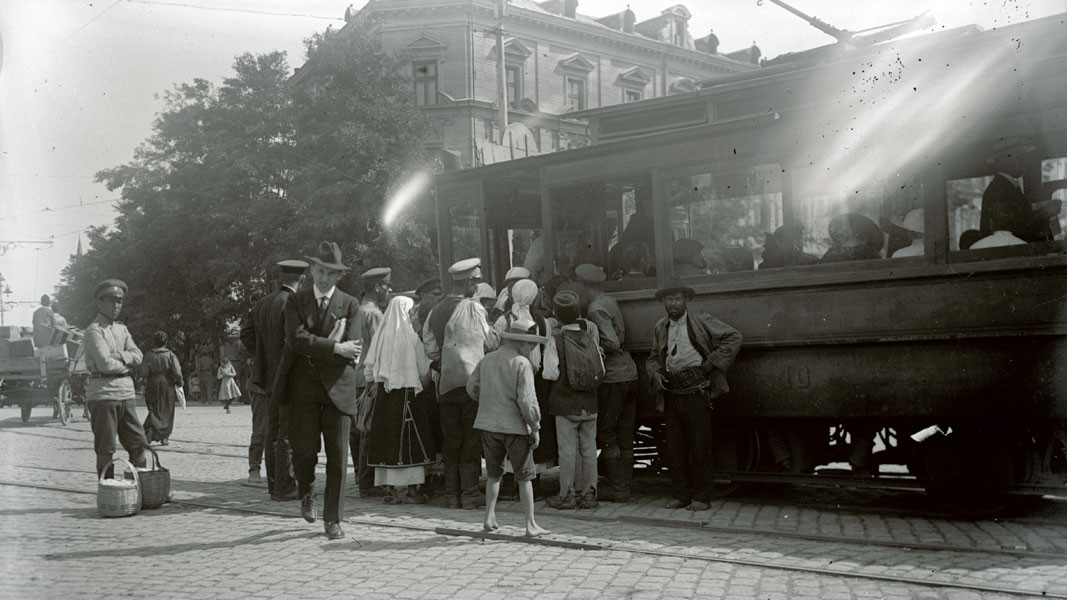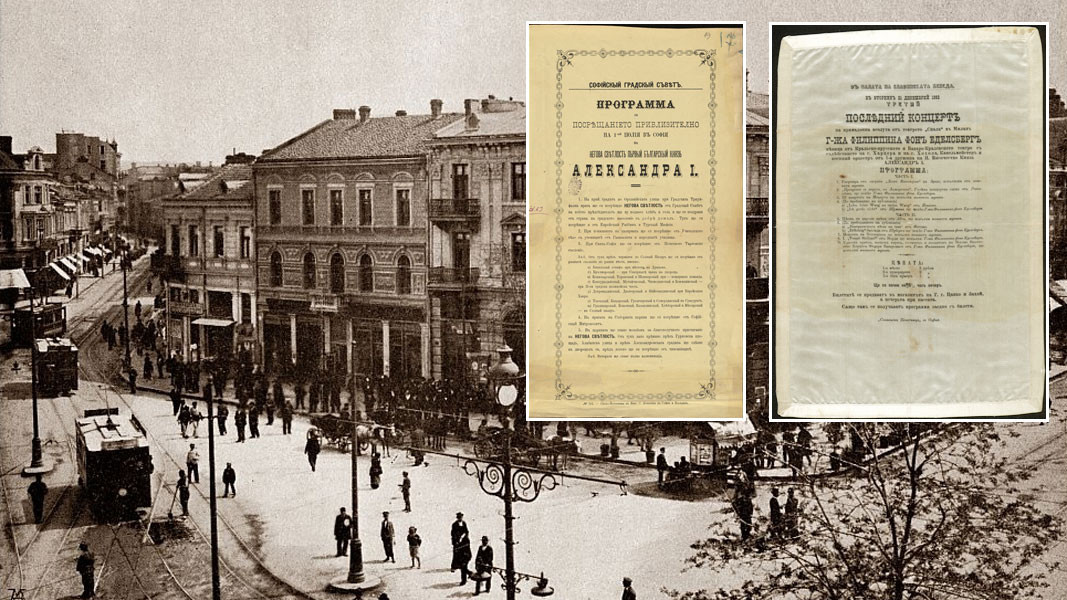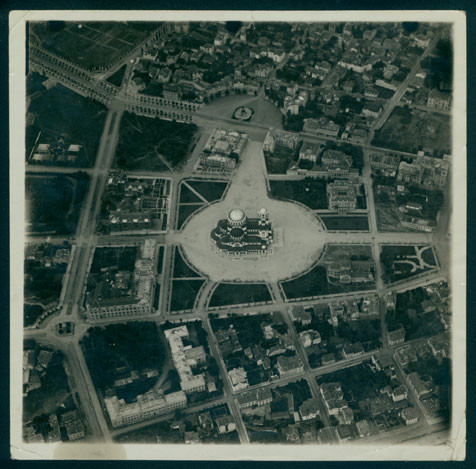On April 3, 1879 the Constituent Assembly in Tarnovo unanimously elects Sofia as capital of the Principality of Bulgaria. The builders of modern Bulgaria embraced the idea of revival leader Marin Drinov with enthusiasm to change the underdeveloped town into a modern European city with stately buildings, wide streets and facilities contributing to a peaceful and comfortable life.

The State Archives Agency marks 140 years since Sofia was declared capital of Bulgaria with the exhibition To Build a Capital. The exhibition is unveiled on April 3 at the City Garden in front of Ivan Vazov National Theater. Posters with documents, photos and placards, as well as text written in authentic Bulgarian reveal the history of Sofia from the Liberation from the Ottoman Rule until the end of the 1990’s.

It is extremely difficult to reveal the rich history of the Bulgarian capital Sofia through an exhibition consisting of twenty boards, because there are many things we would like to show the residents and the guests of Sofia, Deputy Chairman of the State Archives Agency Rumen Borisov told Radio Bulgaria. That is why we chose several main accents revealing the development of the city-its liberation from the Ottoman Rule, the first activities of the city council, the first town-planning scheme and the quicks steps made by the residents and the ones who governed the city with enthusiasm.

The beauty of the new capital is revealed through buildings that can be seen even today- the Royal Palace and the Sofia University Saint Kliment Ohrisdski, The Boris Garden, the main temples of the peacefully cohabiting religions-the Orthodox Saint Sophia and Alexander Nevsky cathedrals and Sveti Sedmochislenitsi (The Holy Seven Saints) church, Saint Joseph Catholic Cathedral, the Sofia Synagogue and Banya Bashi Mosque. Silk placard made on occasion of the concert of La Scala diva Philippine Von Edelsberg held in 1882 in Slavyanska Beseda community center and a 1968 poster of Shtraklitsa (Warble) play by Pancho Panchev are evidence of the rich cultural life of the Bulgarian capital over the years.

The 140 year history of Bulgaria’s capital Sofia needs refreshment, because we have enough information and facts that are evidence of the rapid development of a European city, historian Rumen Borisov says. Some details regarding urban development, hygiene-related activities and other fields have not been further developed. If they were subject to better monitoring during the development of the city over the years, the present small mistakes could have been avoided. Perhaps it is worth mentioning the maxim- those who cannot remember the past are condemned to repeat it.
 How does present-day Sofia looks against the backdrop of its ancient history and the remarkable achievements in terms of urban planning and spirit?
How does present-day Sofia looks against the backdrop of its ancient history and the remarkable achievements in terms of urban planning and spirit?
We go through different political conjunctures and sometimes the development of a given city is not that straightforward, Rumen Borissov went on to say. We may present this city in its contemporary look, but taking into consideration the task of the State Archives Agency to store the documentary part of the city history we believe that it would be better to review the history of Sofia. For instance, we can start with the enthusiasm of the people who have built Sofia and their conviction that it should look like a real capital.
The 140th anniversary since the proclamation of Sofia as capital of Bulgaria will be marked with a series of events, including sanctification of 250 school flags on Saint Alexander Nevsky Square and a short historical tour named Behind the Facades of the Sofia Homes which will start from the Saint Sofia Basilica and will end near the house of manufacturer Kiro Stefanov on Paris 1 street.
English version: Kostadin Atanasov
Photos: courtesy of State Archives AgencyThe Nikola Vaptsarov Naval Academy in Varna has marked 144 years since its founding. A period in which the educational institution has followed the trends for highly specialized training of specialists in various professional fields..
Quiet among the Lyulin Mountain slopes, the Klisura Monastery of St. Petka is marked by mystery and radiates spirituality. It is located only 7 km from the resort town of Bankya, near the village of Klisura. Winter is the time when the holy monastery..
Today, The Bulgarian Orthodox Church honors the memory of Saint John the Baptist, also known as Saint John the Forerunner, because he prepared people for the coming of the Savior. The day dedicated to Saint John the Baptist, known in Bulgaria as..
Today is Cheesefare Sunday. According to Orthodox tradition, this day is observed on the eve of Great Lent, when Christians seek and give forgiveness to..

+359 2 9336 661
